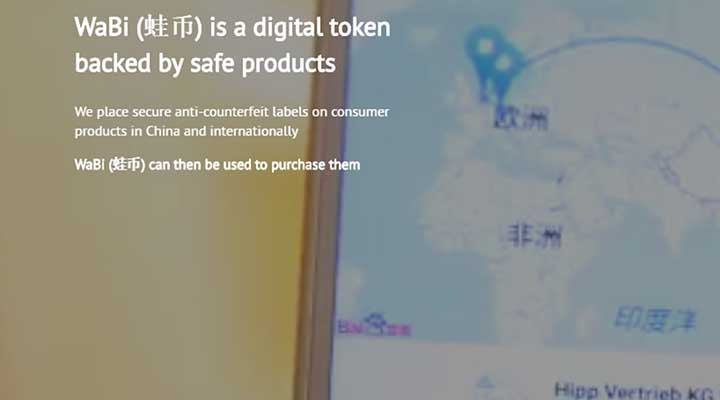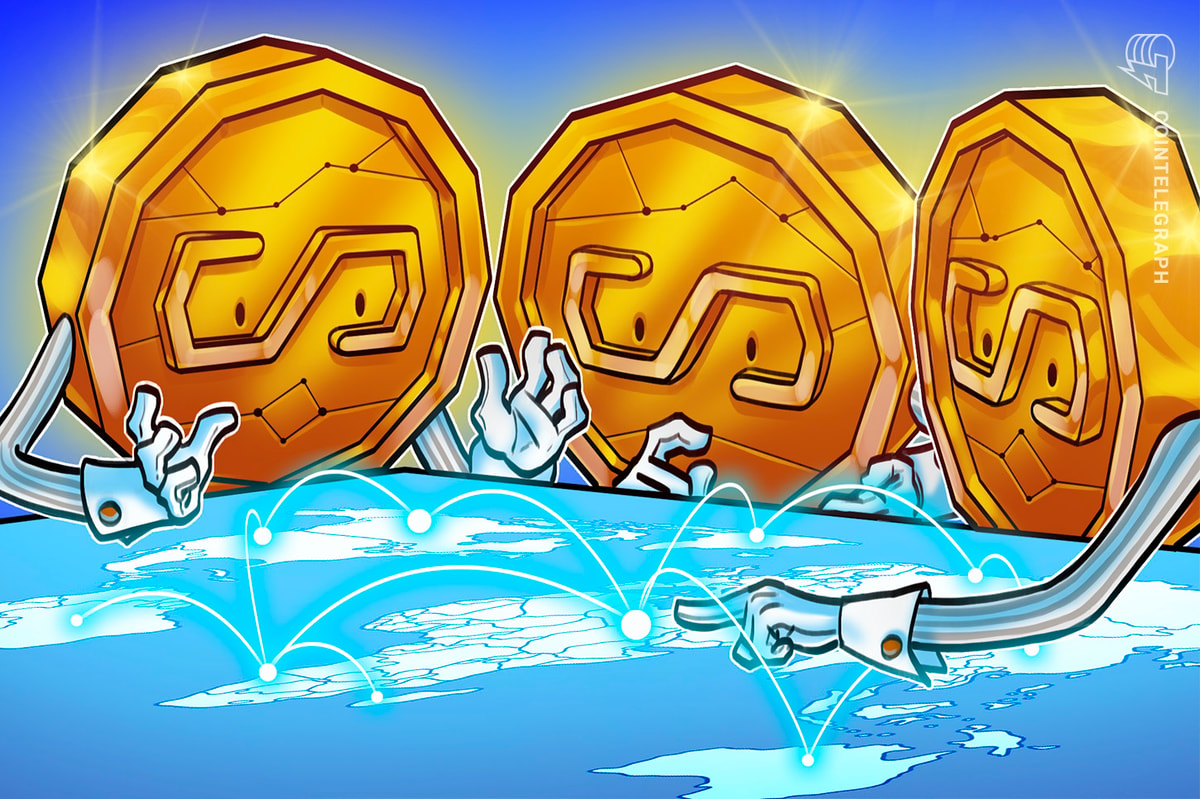The newest IT craze, Blockchain technology, has disrupted a number of industries. Finance and banking are the most obvious through the popularity of Bitcoin. Healthcare is recently being given an upgrade through blockchain as well. A less sexy but equally important industry that is getting a blockchain shake-up is supply chain management.
Aspects of supply chain management like shipping can be regulated through blockchain as Modum (MOD) and Ambrosus has been doing for a couple of years. Or other aspects like purchasing, as WaBi is doing in China.
For example, Modum (MOD) is a token based on Ethereum’s blockchain that provides a tracking system for pharmaceutical companies. It’s specifically designed to help regulate the transportation side of supply chain management in pharmaceuticals. A unique MOD sensor is added to a package before it is shipped and tracks temperature readings to ensure that the shipment complies with regulatory standards. All of this works in conjunction with the Internet of Things (IoT). Because of the blockchain, the records are unchangeable and available for everyone to see, even the consumer.

Ambrosus (AMB) serves a similar function. They combine blockchain technology with sensors and smart contracts in order to track and verify the safety of products. It specifically applies to food and medicine that needs to be quality assured. The sensors track the physical unit itself and its surroundings. The information is transferred to the blockchain where it is permanently stored and publicly viewable.
WaBi deals with the consumer spending aspect of supply chain management. The China-based company places secure labels on consumer products that delineate that they are anti-counterfeit. Counterfeit products are rampant in China, and they’re using a blockchain based platform to help repeal the issue.

Consumers can scan the WaBi Q code while shopping in order to ensure the validity of the product. You can even purchase the product with WaBi tokens. Because the labels are recorded through the blockchain, they are viewable to all and immutable, providing a trustworthy system to ensure quality.
Shping: The Coin for Consumer Spending
Shping is another platform that is seeking to combine blockchain with consumer spending. Through their app, consumers can scan a barcode to find out detailed information about the product before purchase. Everything from ingredients, origin, and authenticity can be learned. You can also rate and review products, see other users reviews and earn coins in the process.
Consumer spending is perfect to combine with blockchain because it’s something everyone participates in. Everyone needs to shop for food, products, and supplies. This is an example of blockchain intersecting with the mass market and being used in a practical-everyday-life sort of way.
Making Retail Shopping More Like Online Shopping
Consumer spending has changed dramatically with the internet. Now with online shopping, you don’t just buy a product, you do research on it beforehand. The same is true with picking a restaurant or even a movie. We instantly go to the internet to find out what other people are saying about that restaurant or movie.
Companies like Shping are looking to make this process possible with all shopping experiences by combining it with blockchain. By simply scanning the barcode, all of the information necessary to make an informed decision about the product is at your fingertips. Also, because it’s paired with blockchain, you earn coins as you shop.
The concept is revolutionary, and the market has paid attention. The presale for Shping sold out early and registration is open for the crowdsale on February 22. There is a minimum purchase of 1,000 Shping tokens, which equals $10 USD.
This is another example of how an aspect of supply chain and consumer awareness can be combined with blockchain to provide real time access to data that was otherwise hidden from consumers. More than that, understanding and managing consumer spending can help make blockchain a more widely used platform globally.











